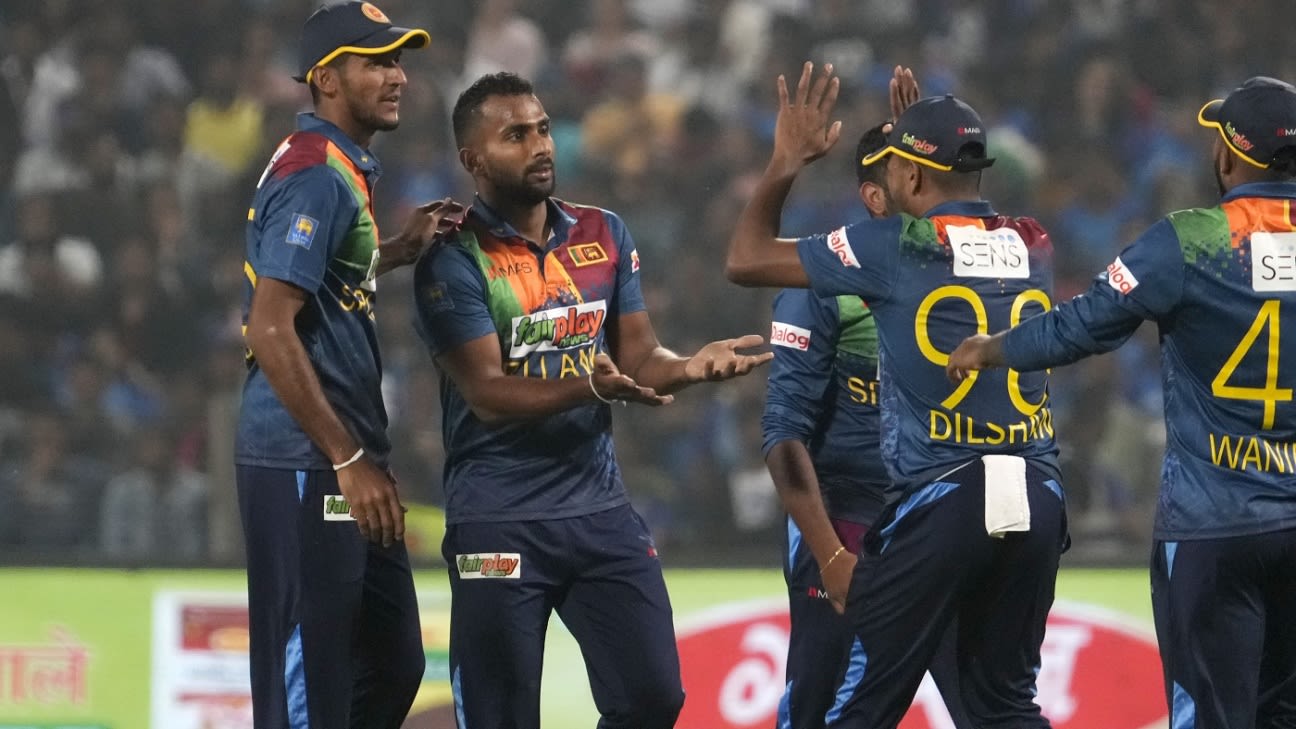To fully comprehend the current state of Sri Lankan cricketing affairs, a slightly wider outlook on the landscape is required – starting with the appointment of new sports minister Roshan Ranasinghe in May 2022 who succeeded Namal Rajapaksa, the nephew of then President Gotabaya Rajapaksa. Gotabaya was eventually forced to resign following wide-scale protests in the country amidst a severe economic crisis, which also set in motion Namal’s ouster from the role of sports minister.
Ranatunga has long been a vocal critic of Sri Lanka Cricket’s executive committee headed by president Shammi Silva, and following the team’s subpar T20 World Cup performance, he wasted little time in calling for the selectors to be replaced.
Wickramasinghe defended himself in an interview with Sri Lankan newspaper the Sunday Times earlier this month, asking: “We are number three in the ICC Test Championship points table. Clinched the country’s first major title in eight years, the Asia Cup, and then earned direct qualifications to the T20 World Cup in 2024. In ODIs we won a series against Australia. Aren’t these results of our efforts during the last 18 months?”
It seems that the SLC is inclined to agree with Wickramasinghe, but they aren’t the ones seeking to shift out the selectors. That’s the work of the sports ministry-appointed National Sports Selection Committee (NSSC).
Earlier this month, the SLC sent the NSSC a set of 10 names, including Wickramasinghe’s, from which to pick the new selection committee. However the NSSC, without rejecting them outright, expressed dissatisfaction and requested an updated list be sent. The NSSC are set to meet on Monday (January 30) to make a final decision.
Political influence on cricketing matters is not unusual in Sri Lanka, with its post-1996 World Cup history punctuated by a series of interim committees, upheaval in selectors and selection, and shifts in captaincy.
